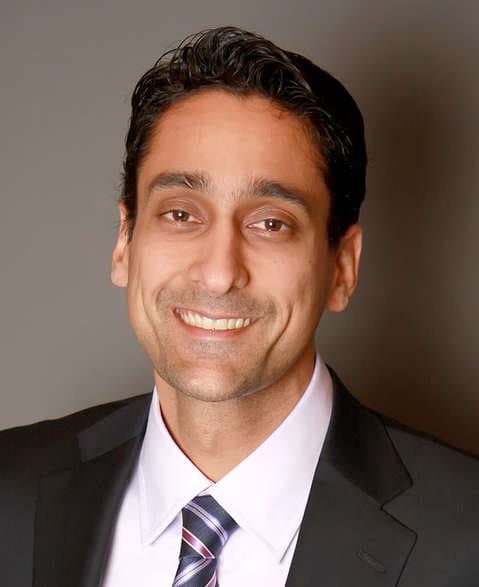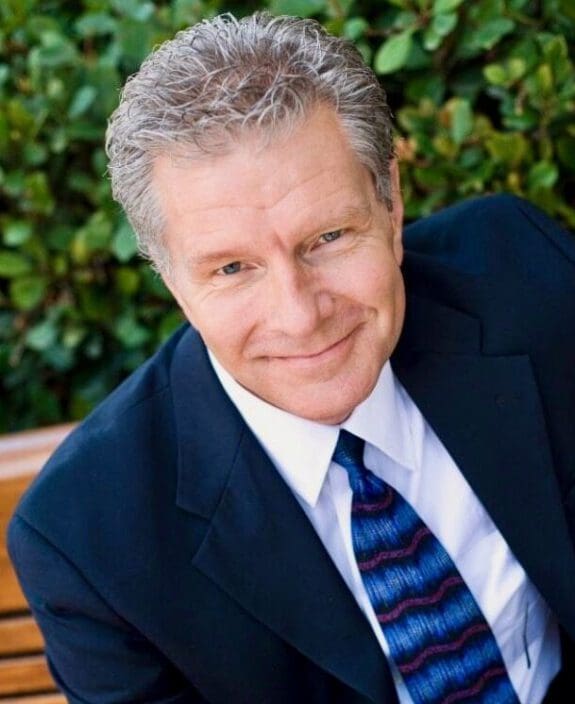
Locations › Los Angeles › Torrance
NVISION Torrance - LASIK & Cataract Surgery
Why Choose NVISION in Torrance?
99% of NVISION patients see 20/20 or better
Our surgeons have performed over 2.5 million procedures
If a future enhancement is needed to maintain vision results, clinically qualified patients receive a same-technology enhancement procedure – free of charge.
We offer eight different vision correction surgeries including SMILE, PRK, EVO ICL, and more for those not suited for LASIK
Top-Rated LASIK & Cataract Surgery in Torrance & South Bay
Looking for LASIK in Torrance or expert cataract surgery in South Bay? Our team of experienced Torrance eye doctors offers cutting-edge laser vision correction and personalized treatment plans to help you achieve clearer, sharper vision.
With advanced LASIK technology and a patient-first approach, we serve Torrance, Redondo Beach, Palos Verdes, Manhattan Beach, and the greater South Bay area. Whether you’re considering LASIK eye surgery in Torrance or seeking a trusted South Bay cataract surgeon, we’re here to provide world-class vision care.
Why Choose NVISION?
- Torrance’s Most Trusted LASIK & Cataract Surgeons
- Advanced Technology for Customized Vision Correction
- Experienced, Board-Certified Torrance Eye Doctors
- Comprehensive Care for LASIK, Cataracts & General Eye Health
Vision Correction Procedures in Torrance
Today's life-changing procedures make it possible to improve your vision to 20/20—or better.

LASIK Eye Surgery Lifetime Commitment

EVO ICL™ (Implantable Collamer Lens)

Cataract Surgery

Refractive Lens Exchange (RLE)
Other Procedures
Contoura® Vision LASIK
What is Contoura® Vision LASIK?
Contoura® Vision LASIK is an advanced form of LASIK eye surgery that utilizes topography-guided technology to tailor the laser treatment to the unique characteristics of an individual’s cornea. This technology aims to provide a more personalized and precise correction of refractive errors, including nearsightedness, farsightedness, and astigmatism. Contoura® Vision creates a highly precise and accurate map of a patient’s eyes measuring up to 22,000 unique elevation points on each eye.
Key features of Contoura® Vision LASIK include:
- Topography-Guided Treatment:
Contoura® Vision LASIK utilizes detailed corneal mapping or corneal topography to create a highly customized treatment plan. This map captures thousands of data points on the cornea, allowing for a more precise analysis of its shape and irregularities. - Personalized Correction:
The topography-guided technology enables the laser to precisely reshape the cornea based on the unique imperfections detected in the corneal map. This personalized approach aims to address higher-order aberrations, improving not only traditional refractive errors but also the overall quality of vision. - Reduced Glare and Halos:
Contoura® Vision LASIK is designed to reduce the occurrence of visual disturbances such as glare and halos, which can be associated with certain refractive errors. The customized treatment may result in improved night vision and reduced sensitivity to light. - Potential for Better Visual Outcomes:
The goal of Contoura® Vision LASIK is to achieve superior visual outcomes by optimizing the correction based on the individual characteristics of the patient’s cornea.
It’s important to note that the availability of Contoura® Vision LASIK may vary, and not all LASIK centers offer this specific technology. If you are considering LASIK surgery and are interested in Contoura® Vision LASIK, it’s recommended to consult with an experienced refractive surgeon or LASIK eye doctor who can assess your candidacy and discuss the available options for personalized laser vision correction.
PRK Surgery (Photorefractive Keratectomy)
What is PRK Surgery?
PRK Surgery (Photorefractive Keratectomy) is a type of laser eye surgery that is used to correct refractive errors such as nearsightedness (myopia), farsightedness (hyperopia), and astigmatism. PRK is an alternative to LASIK eye surgery and is particularly suitable for individuals who may not be candidates for LASIK due to certain corneal characteristics.
Overview of the PRK surgery process:
- Corneal Epithelium Removal:
- In PRK, the surgeon begins by removing the thin outer layer of the cornea called the epithelium. This can be done using an alcohol solution, a special brush, or a laser.
- Laser Reshaping of the Cornea:
- Once the epithelium is removed, a laser is used to precisely reshape the cornea. The laser ablates or removes microscopic amounts of corneal tissue based on the patient’s refractive error. The goal is to correct the curvature of the cornea and improve the focus of light on the retina.
- Healing Process:
- Unlike LASIK, where a corneal flap is created, PRK does not involve creating a flap. Instead, the corneal surface is allowed to regenerate naturally. The healing process involves the growth of new epithelial cells over the treated area.
- Post-operative Care:
- Following PRK surgery, patients are given medicated eye drops to aid in the healing process and prevent infection. Recovery may take a bit longer compared to LASIK, and patients may experience temporary discomfort during the initial days.
Key considerations for PRK surgery include:
- Corneal Thickness: PRK may be a suitable option for individuals with thinner corneas who may not be ideal candidates for LASIK.
- Occupational Considerations: PRK may be recommended for individuals with occupations or lifestyles that carry a risk of corneal injury, as it eliminates the creation of a corneal flap.
- Healing Time: The initial visual recovery may take longer with PRK compared to LASIK. Patients typically experience optimal vision several weeks after the procedure.
PRK is a well-established and effective procedure for vision correction, and its suitability depends on individual factors. It’s important to consult with an experienced refractive surgeon or eye care professional to determine the most appropriate laser eye surgery option based on your eye health and lifestyle.
Pterygium Surgery
Pterygium surgery is performed under topical anesthesia on an outpatient basis.
Corneal Collagen Crosslinking (CXL)
Keratoconus is a progressive disease of the cornea. With collagen cross-linking (CXL), you can halt the progression of keratoconus by strengthening your cornea.
Lifestyle Lenses
Lifestyle lenses are a premium lens option that offers a more functional range of vision, and are designed to reduce the need for distance and reading glasses.
We offer the latest and most advanced lifestyle lens on the market.
Monovision LASIK
Monovision lasik can treat presbyopia. One eye would remain slightly nearsighted while correcting your other eye for distance vision. With both eyes open, you’ll experience clear and comfortable vision both near and far.
What to Expect
Your Vision Correction Journey with NVISION
Schedule Your Consultation
The first step toward life without glasses or contacts is simple: schedule your consultation at your nearest NVISION Eye Center. We'll find a time that works best for you and answer any initial questions so you feel confident taking this exciting step.
At Your Consultation
At your consultation, you'll meet with your patient counselor who will guide you through the process and make sure all your questions are answered. You'll also meet your NVISION surgeon face-to-face, so you can feel comfortable and at ease knowing exactly who will be performing your procedure. After a complete exam, we'll create a personalized recommendation from our 8 advanced vision correction procedures—tailored specifically to your eyes and your lifestyle.
Your Procedure
On procedure day, you can relax knowing you're in expert hands. Your NVISION surgeon will use the latest technology to deliver precise, effective treatment designed to give you the best results possible. Our procedures are fast, virtually painless, and many patients experience noticeably clearer vision right away.
Recovery & Results
Many patients return to many of their normal activities within a day or two, enjoying sharper, crisper vision as their eyes heal. With NVISION's trusted care team by your side, you'll have peace of mind through every stage of recovery—and the freedom to enjoy life without the hassle of glasses or contacts.
Hurry, Offer Ends Soon
Book now for $1,300 off LASIK* + Enjoy Easy and Fast LASIK Financing**
125 people today
Areas we serve

Redondo Beach

Rancho Palos Verdes

Long Beach

San Pedro

Manhattan Beach

Palos Verdes Estates
NVISION Eye Surgeons in Torrance-South Bay
Get to know our NVISION eye surgeons in Torrance-South Bay, including their eye care specialties, certifications, experience, other locations served, and more!
Additional Resources



NVISION Eye Centers - Torrance-South Bay
23550 Hawthorne Blvd #220Torrance, CA 90505
Monday: 8 AM - 4:30 PM
Tuesday: 8 AM - 5 PM
Wednesday: 8 AM - 5 PM
Thursday: 8 AM - 5 PM
Friday: 8 AM - 5 PM
Saturday: Closed
Sunday: Closed
Patients in Torrance Love Us
See why NVISION earns 4.9 stars from patients in Torrance
Just Me Being Me
Dr Brar did a great job. I was very nervous and afraid of the EVO ICL process but I didn’t feel a thing under all the partial anesthesia and the eye ...
Pat Miskovich
This place is awesome!! Everyone is so nice and professional. I had put off my cataract surgery for a couple years because I was scared (then I failed ...
Desiree P
There’s no better team than Dr Brar and his staff. From your first contact with the office staff checking you in, to the end of your visit with the office ...



